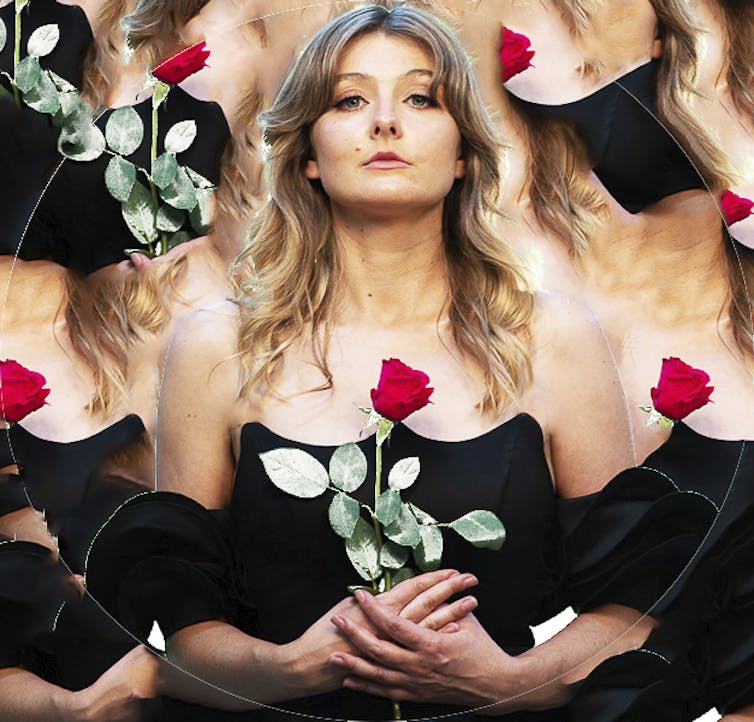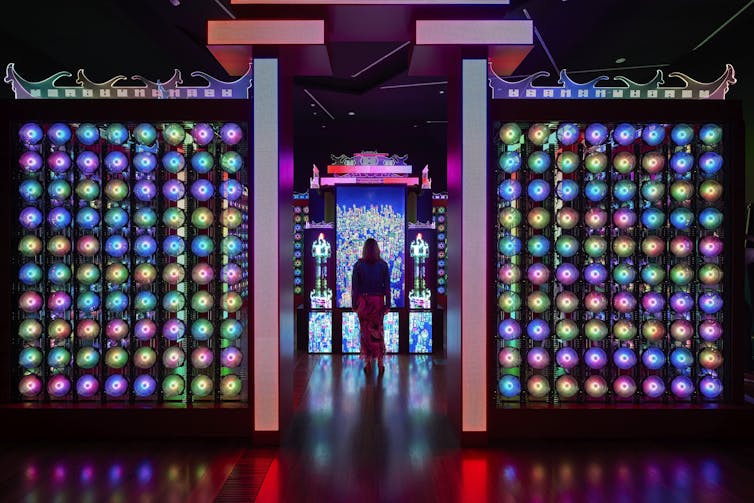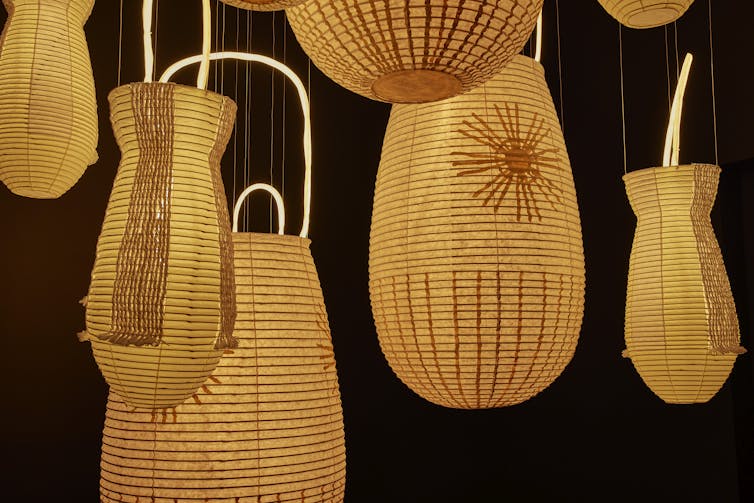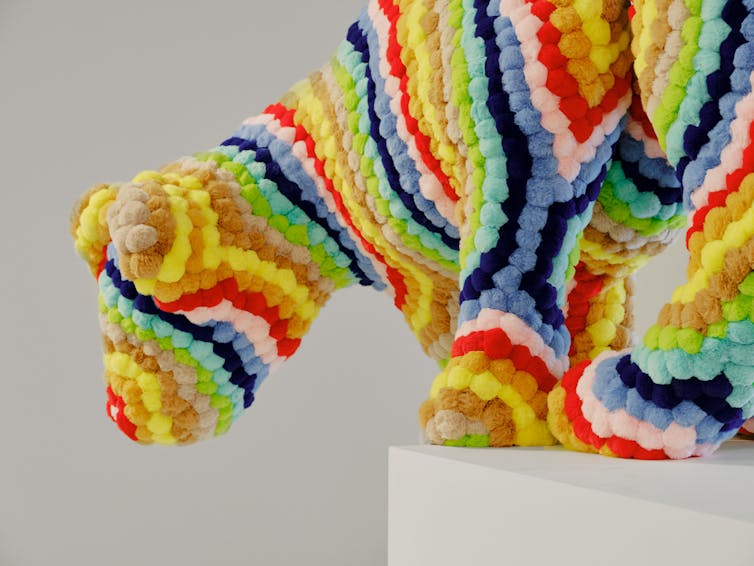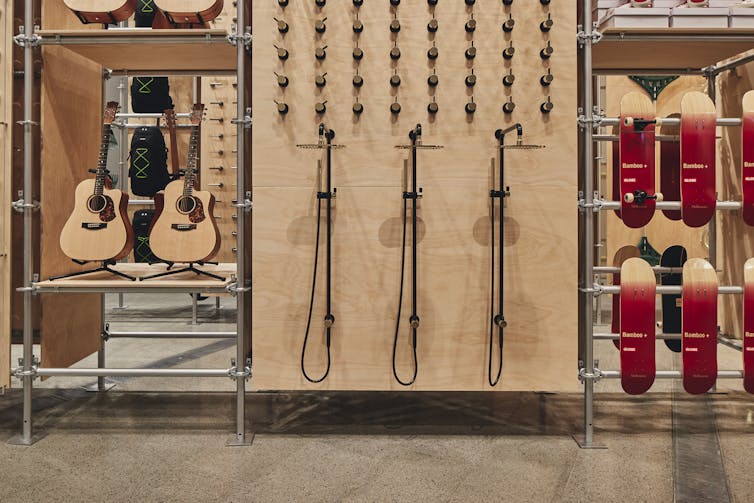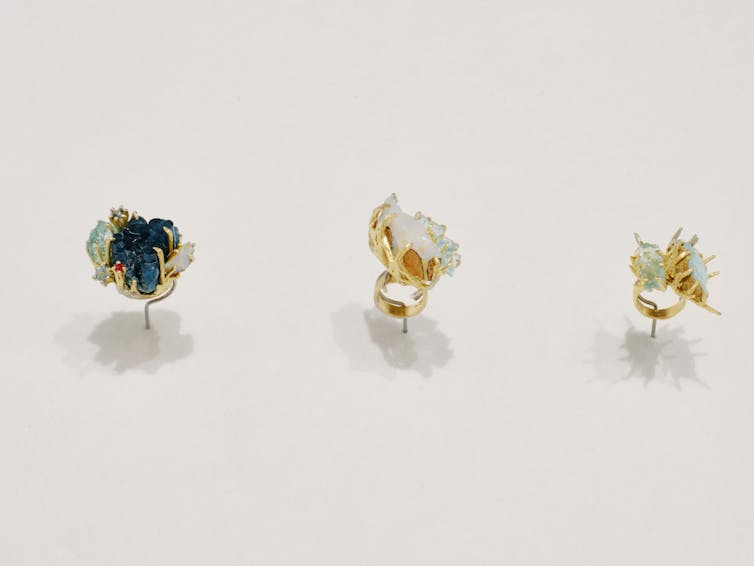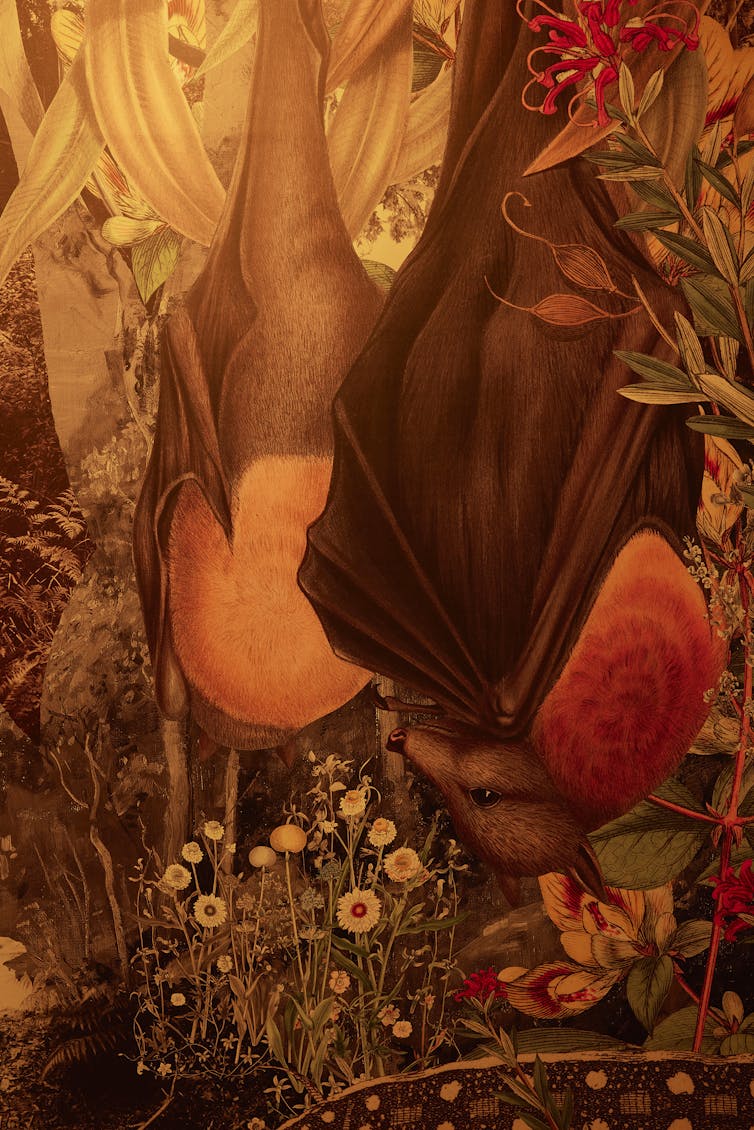Remembering Barry Humphries, the man who enriched the culture, reimagined the one man show and upended the cultural cringe
 |
| Barry Humphries painted by David Hockney at his studio on Mulholland Drive in Los Angeles in 2015. Courtesy David Hockney. Photograph: Jean-Pierre Goncalves de Lima |
By Anne Pender, University of Adelaide
 |
| Barry Humphries in London in 1965. |
Years later, academic Peter Conrad accurately described Humphries’ adolescence as a “one man modern movement”.
The young man secured his first paid acting role after a number of complaints from various women about a Dadaist event called Call Me Madman!, staged at the University of Melbourne’s Union Theatre in 1953. It was anarchic, just like the early Dada shows of the Cabaret Voltaire in Zurich several decades earlier.
Call Me Madman! opened with a single musical phrase played on a violin over and over again, then a pianist sitting out of view of the audience sounded the same chords and notes in repetition, and ended in a ferocious food fight, with Humphries hiding in a cupboard from the outraged students who stormed the stage.
This parody taught him how to provoke his audience, securing their complicit and violent participation in his act. It also gave him his first taste of the power of an audience to determine what happens in the theatre. It was both risky and intoxicating.
When John Sumner, founder of the burgeoning Union Theatre Repertory Company (which would go on to become Melbourne Theatre Company), heard the complaints about the revue, he offered the young man a job.
The birth of Edna
On a tour of country Victoria with the company, Humphries performed a spidery Orsino in Twelfth Night, directed by Ray Lawler with Zoe Caldwell as Viola.
Humphries entertained the cast on the long bus rides, with falsetto speeches in cruel but hilarious parody of the predictable words of thanks given in every town by ladies of the Country Women’s Association over tea. The character invented to pass the time on the bus made her debut in Lawler’s Christmas revue in 1955.
Edna was a composite portrait of various women whose mannerisms had imprinted themselves in his brain as a boy, growing up in staid Camberwell.
With his new character, Humphries summoned a whole new world to the stage and created a comedy of ordinariness that had never been presented before.
This Mrs Average took on a life of her own and shone as the centrepiece of Humphries’ theatrical world for the next 60 years, becoming Dame Edna Everage – elevated by the Prime Minister Gough Whitlam himself – in Barry McKenzie Holds His Own in 1974.
Just two years later, Humphries’ extravaganza Housewife Superstar! charmed the West End. Wearing a massive hat sculpted to resemble the Sydney Opera House, Edna stopped the crowds at Royal Ascot that year.
The image of her in that sumptuous creation (now in the Victoria and Albert Museum) launched Edna and Humphries around the world.
Conquering the world
Edna hosted a series of chat shows on British television, watched every week by an audience of eight million. She skewered dozens of politicians, pop stars, singers and actors who graced the program every week.
Her appearance with Jerry Hall singing Stand by your Man remains one of the most hilarious television moments of that time.
Humphries’ success on British television in the 1980s and 1990s were among the major achievements of his career. He created his very own theatre of the absurd with his reinvention of the chat show. The me-generation could not get enough.
After that, Edna conquered Broadway.
Humphries’ theatrical magic also included dozens of other characters, all of them parodic and sharply satirical, such as the hard-drinking diplomat Sir Les Patterson.
He delighted audiences and prosecuted his satirical attacks on Australian life. On stage and on television, his ingenuity as a performer derived from his instinct for improvisation. At his best, the audience was treated to exceptional satirical theatre.
The early years
John Barry Humphries was born February 17 1934, the oldest child of Eric and Louisa Humphries. Eric ran a flourishing building business (he might be called a developer nowadays) and Louisa was a homemaker. As a child, Barry was close to his sister, Barbara. Barry also enjoyed adult company. He loved dressing up and accompanying his mother on trips to the city or out for lunch with other ladies.
At Melbourne Grammar, Humphries found the boys who excelled in sports rewarded and praised for their achievements. Everyone else was a second-class citizen. An interest in art or music was considered by the headmaster to be suspicious, a disappointment for Humphries, passionate about art.
In time, Humphries found a way to survive Melbourne Grammar – through provocation. When he was reprimanded for failing to cut his hair to regulation length, he stared coolly at the headmaster and said, “There’s one man in the chapel with hair that is longer than mine. His name is Jesus”.
Humphries’ comment was not punished. Before long everyone had heard of his audacious retort.
On icy winter afternoons at the MCG – compelled to watch the titans of the school wrestle in the mud – Humphries found an ingenious way of expressing his view of proceedings. He positioned himself in a chair with his back to the football field, facing the spectators.
Slowly he drew out of his specially made Gladstone bag a set of large knitting needles and ball of wool; he would sit for the duration of the match calmly knitting a cardigan.
A transformational artist
Humphries was resilient and indomitable. He defeated alcoholism. He was generous, competitive and single minded.
With his mask off he was as witty as when he wore it. He married four times and raised two daughters and two sons.
He is survived by his wife Lizzie Spender, and children Tessa, Emily, Oscar and Rupert.
Humphries transformed Australian comedy, bringing an astringent and anarchic Australian theatre to the world. Manning Clark called him one of the “mythmakers and prophets of Australia […] enriching the culture which had been dominated by the straiteners”.
He certainly enriched the culture, reimagined the one man show and upended the cultural cringe. Bravo Barry. Farewell.![]()
Anne Pender, Kidman Chair in Australian Studies and Director, JM Coetzee Centre for Creative Practice, University of Adelaide
This article is republished from The Conversation under a Creative Commons license.








_Tate%5B1%5D.jpg)
_Tate%5B1%5D.jpg)
_Guildhall_Art_Gallery%5B1%5D.jpg)
_Private_Collection%5B1%5D.jpg)

